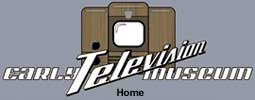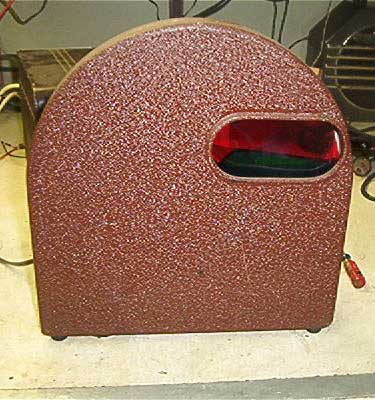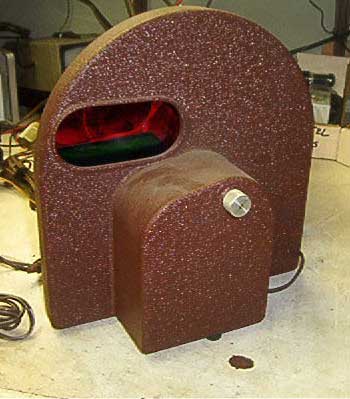Early Color Television CBS Color Personal Viewer
This viewer came from the estate of John Christiansen, a CBS engineer. It was designed to be placed on a table where a person could look through the opening at a black and white set some distance away. With this arrangement, a set of any screen size could be used. We don't know if this was for laboratory testing, or if it was a prototype of a unit to be sold to the public. The knob on the rear is a motor speed control, and there is apparently no synchronization. The operator would adjust the knob until the proper colors appeared, and would have to constantly re-adjust it to keep the colors right. Here is another viewer from CBS.
|


